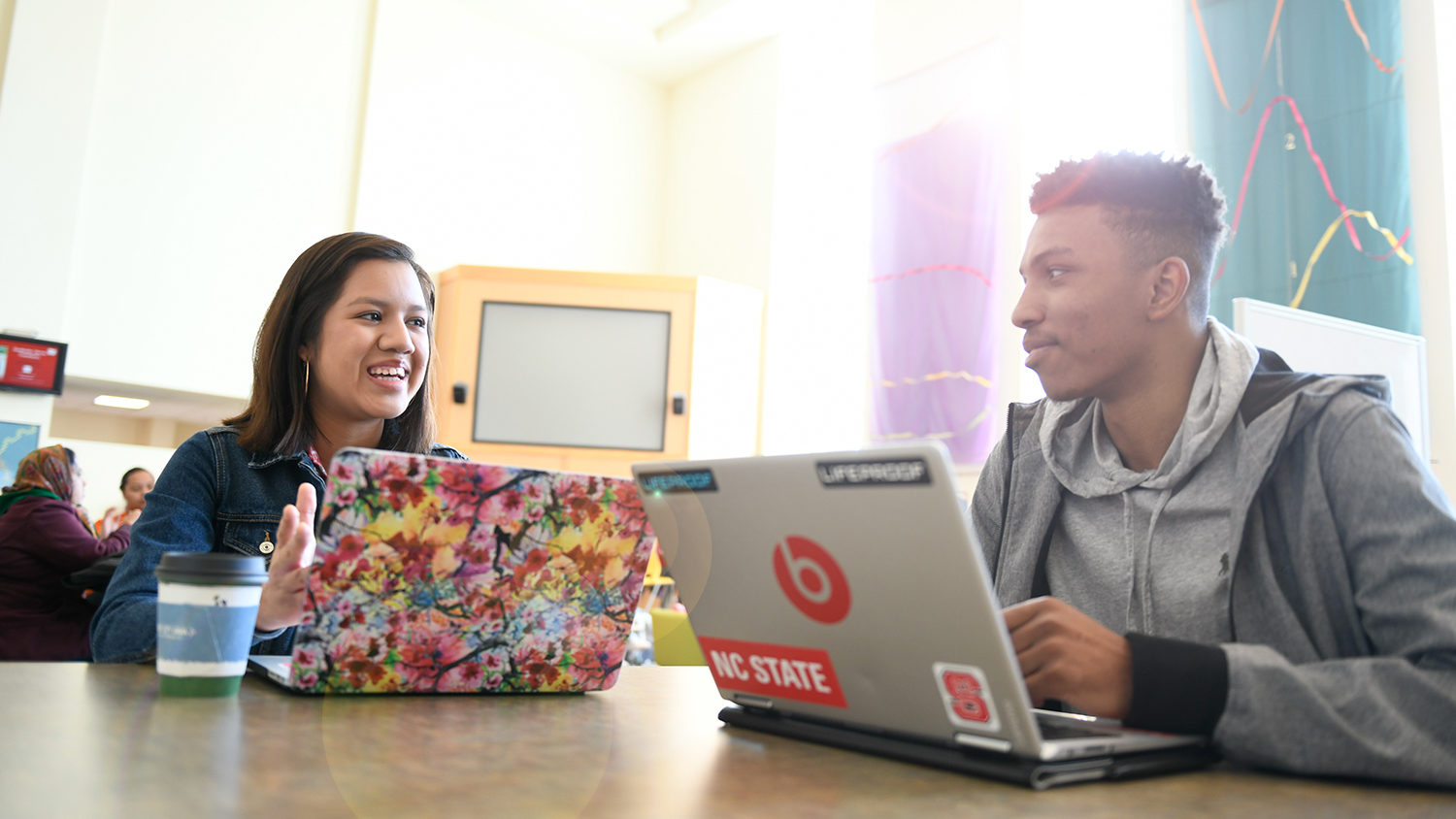
What does it mean to provide a brave space in a college/university setting? Well it is somewhat simple.
Essentially, a couple principles must be upheld to create a productive and respectful brave space. The principles of a brave space are synonymous with setting up classroom etiquette and guidelines, but with added intentionality toward diversity and social justice education.
In the context of brave spaces, social justice is the “full and equitable participation of people from all social identity groups in a society that is mutually shaped to meet their needs.”1 Essentially, we create a space where everyone actively participates.
With this in mind, some key ideas that promote the most productive brave spaces are: “controversy with civility,” “owning intentions and impacts,” “challenge by choice,” “respect” and “no attacks” (NASPA, 2017. pp. 3-4). These ideas are not hard to implement if they are reinforced in the structure of the class, through the syllabus and through classroom etiquette.
With implementation, students must buy in. One way to achieve this is when setting up classroom etiquette. Have it be a conversation where students can add rules or possibly amend rules that you already have. There are two ways to approach this conversation; one being where you already have set rules, and one where you have no rules at all. Each way is valid, it just depends on how much preset structure you want in the class.
Another way to implement open dialogue that is respectful and productive is leading by example. Being able to hold oneself accountable either as a student, staff or faculty member in a public setting shows that it is ok to be vulnerable. This vulnerability can be in the form of sharing diverse perspectives, recognizing microaggressions and naming injustices.
Another idea to talk about is space, whether it be physical or not. Issues that are related to injustices mainly pertain to marginalized populations, so it is important to give space to those affected and allow their stories to be heard. Giving space is not meant to silence anyone; it is a way to make the ability to share stories and experiences more equitable for everyone.
Lastly, the most important part in creating a productive and respectful brave space is to start where the group is. Essentially, this means setting realistic and attainable expectations for the group, which is why classroom etiquette should be a conversation.
1 Adams, M., Bell, L. A., Goodman, D. J., & Joshi, K. Y. (2016). Teaching for Diversity and Social Justice (third edition). Routledge.
Jacob Morton is an intern in the GLBT Center and an undergraduate in social work.